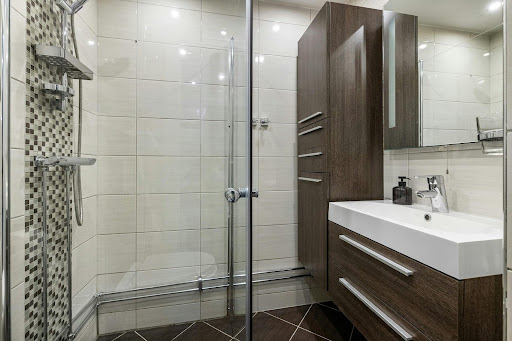Have you witnessed bathroom mold or mildew on tiles in your shower area? If yes, don’t worry; you can still get rid of this issue before it turns into an infestation. Mold is mostly present in your bathroom corners or behind shower curtains.
Even though mold is a common problem found in almost every home, homeowners can still deal with it and cure it before it gets worsen. The basic reason for mold in the shower is moisture. However, lack of ventilation, natural light and appropriate cleaning are also the reasons behind mold.
This blog post will help you to prevent bathroom mold from growing in the shower or other bathroom areas. So, continue reading to know about mold prevention methods as well as health risks associated with bathroom black mold;
Table of Contents
How to Find Mold in the Bathroom?

Bathroom mold isn’t always clear to human eyes, especially on tiles or bathroom corners. For this purpose, make sure to check the dark and hidden areas such as behind shower curtains in your bathroom. Even if mold growth is on the initial stages around your bathroom areas or mold on the tiles, the chances to turn into an infestation are still present.
Reasons Behind Bathroom Mold Growth
As we discussed above, high-level of moisture in bathroom and shower areas are the main causes for bathroom mold growth. On the other hand, high levels of humidity and lack of cleaning are also the main caused for the growth of mold in the shower or mold on tiles.
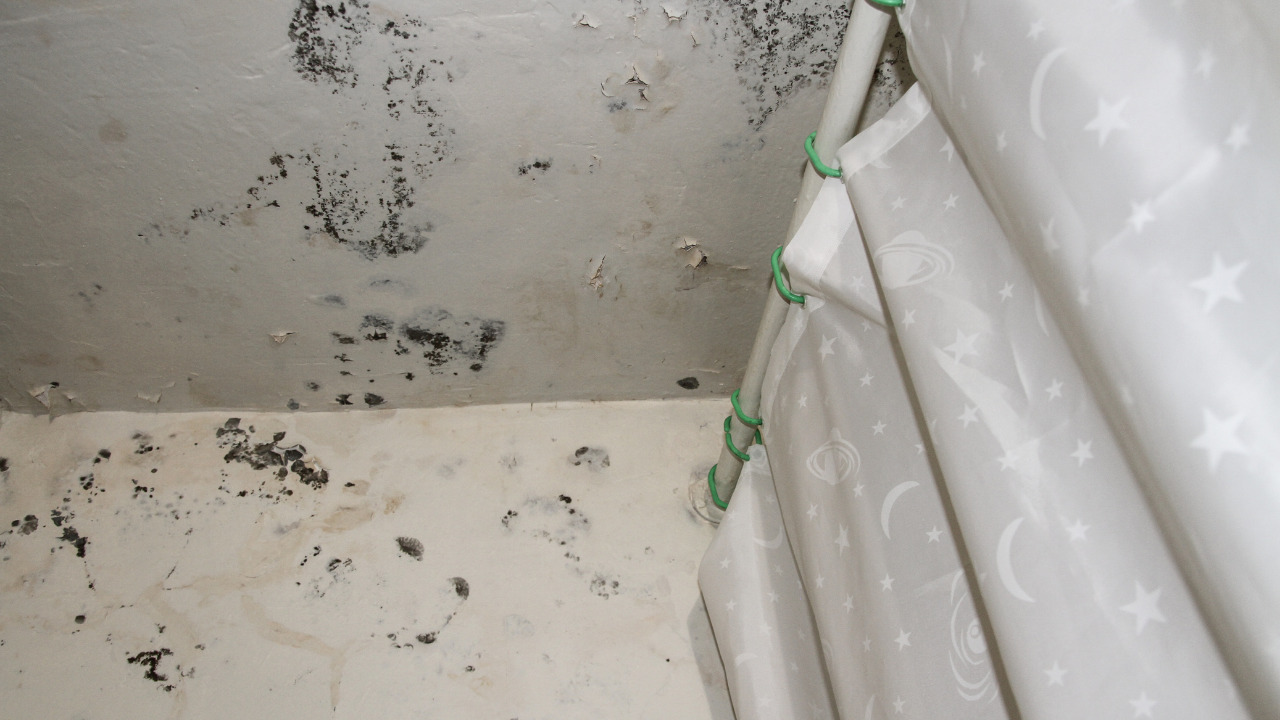
Lack of ventilation, damp bathrooms and high humidity levels in the bathroom are the main reasons for bathroom mold growth. Mold can grow in different colors and patterns on shower curtains and tiles. However, bathroom black mold is one of the most natorious types of mold.
We all know that mold spores love to grow on watery or moisturized areas. Mold can grow easily on shower areas, bathroom corners, bathroom floor tiles and even around the ceiling. No matter what color of mold is there in your bathroom, all types and colors of mold come with severe structural damages and somehow health risks.
The other common reasons for bathroom mold growth area;
- Clogged or leaking drainage pipes
- Issues in plumbing pipes
- Sink leakage
- Leakage in toilets
- Damp products around the bathroom or shower area
Ways to Prevent Bathroom Mold Growth
The best way to save your bathrooms or shower areas from mold infestation is mold prevention. As we all know that prevention is always better than cure. So, you have to prevent mold growth issue even before it occurs. Ensure to follow the following tips to prevent mold in the shower or mold on shower curtains in your bathroom;
- Make sure to turn on the ventilation fans whenever you left the bathroom after using it. Even if you haven’t used the bathroom, turn on the fan at least for half an hour at the end of the day. The best way to do it is to install the exhaust fan.
- Use dehumidifiers in your home to normalise the humidity levels all around your home especially if you have installed ACs or other cooling and heating systems.
- Use waterproof shower curtains to prevent mold on shower curtains.
- Try to change the positions of skincare or shower products as these spots provide hidden areas for mold growth.
- Dry clean washroom rugs, carpets and other accessories such as towels and loofahs.
Ways to Eliminate Bathroom Mold
Even though it is not encouraging or good to deal with the mold and mildew issues yourself in your bathrooms especially if the area is greater than 12 square feet. In the case of a large bathroom area, ensure to hire professionals for bathroom mold elimination.
You have to understand that cleaning bathroom mold is not an easy and healthy task especially without following precautions. Removing black mold yourself is one of the most riskiest tasks especially if you are suffering from skin allergies and other respiratory issues.
If you think bathroom black mold removal is a DIY task, you are wrong! However, you can overcome this issue by considering the following points and tips;
1) Clean Bathroom Tiles with Natural Cleaners

Ad a DIYer person, you can use natural cleaners such as baking soda, white vinegar or mild bathroom cleaning bleach to get rid of mold on tiles or mold in the shower. It is essential to wear gloves if you are directly dealing with bathroom mold to save yourself from any health risk.
A face mask will help you to prevent against direct interaction with mold spores that will roam in the surface during bathroom tile’s scrubbing.
2) Clean Shower Area Tiles
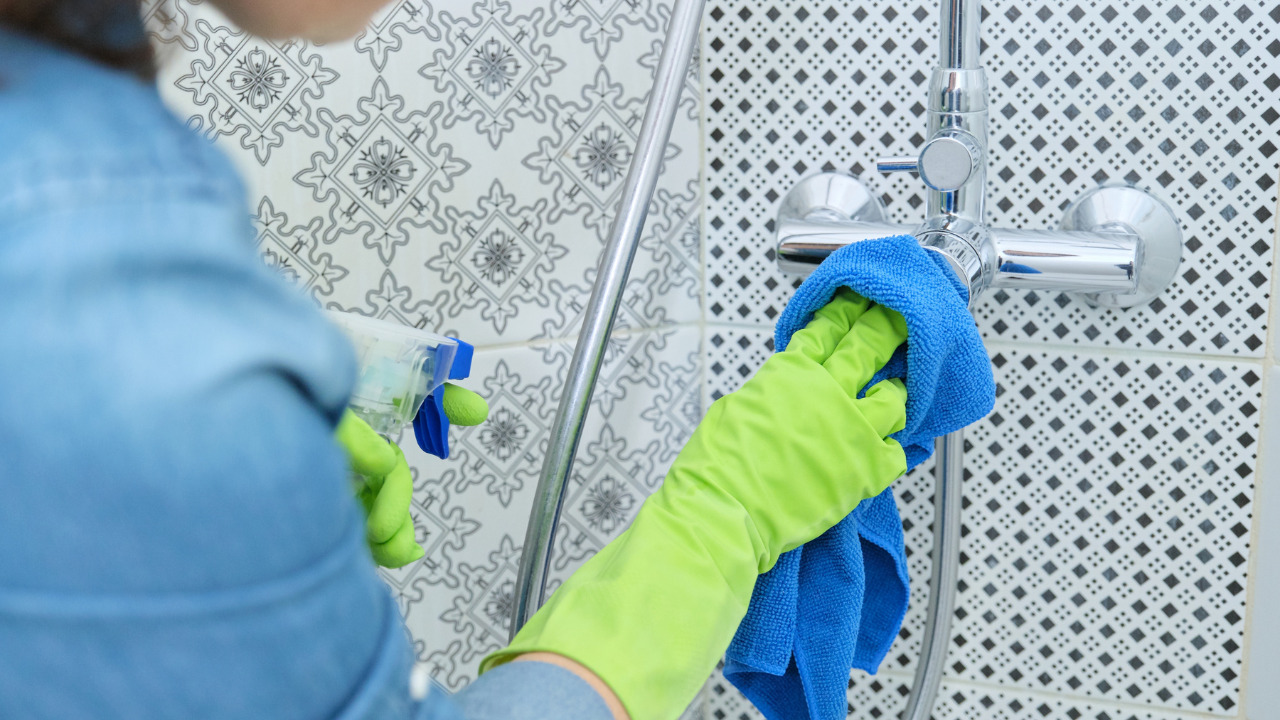
Cleaning the shower tiles from mold and mildew is not an easy task. But you can still perform it by using the right chemicals and bleaches such as Ammonia bleach. Ensure to use chemical-based cleaners for shower area tiles only if stains are hard to remove.
Dont mix ammonia bleach with any other chemical or cleaner. It is best to clean the shower area tiles with a paper towel dipped in bleach. Avoid spraying the bleach directly on the tiles. After performing the cleaning and scrubbing, rinse off the tiles with warm water.
3) Seal and Fix Cracked Tiles

Even if your grout lines and tiles don’t need repairing, it is best to seal the tiles and grout lines with a waterproof sealant after cleaning. The sealant will improve the resistance against moisture and buildup on tiles. Ensure to clean the tiles thoroughly before applying the sealant.
After cleaning the grout lines from the mold, fill all cracked grout lines with cement or any other material of your choice. Ensure to repair all leaky sinks and toilets.
4) Use Anti-Mold Products
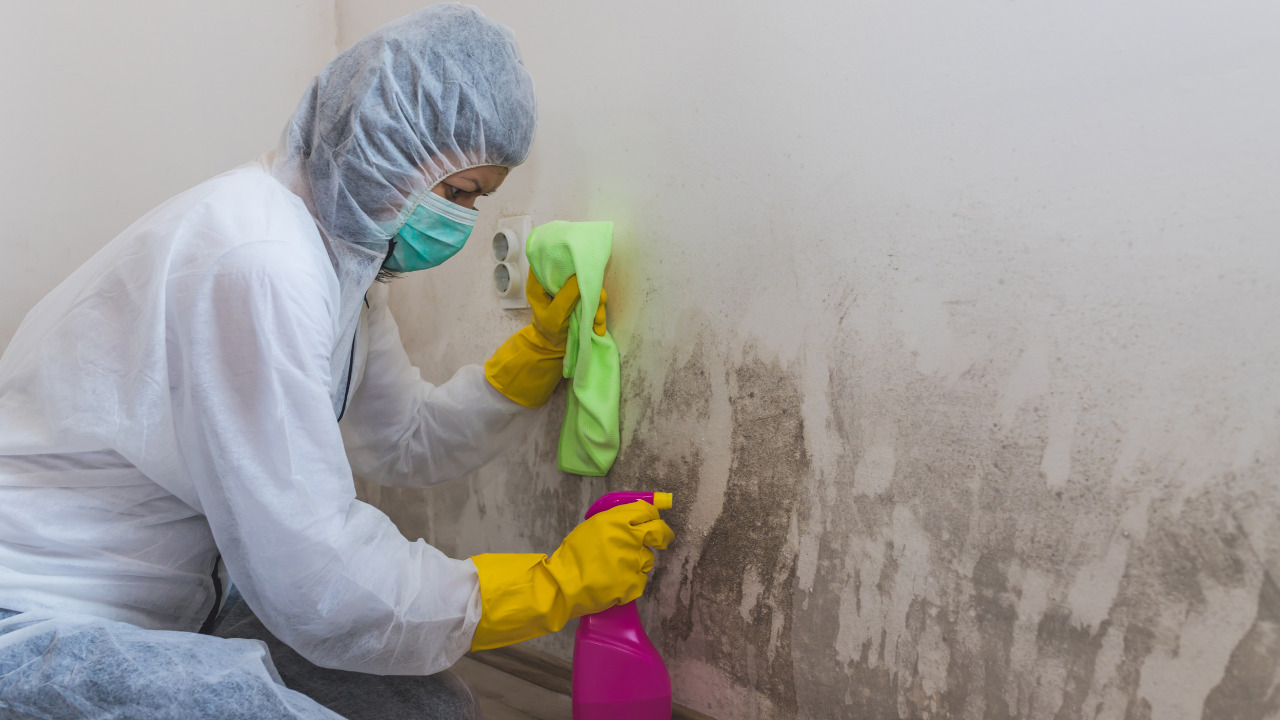
Don’t use normal cleaning products for your infected bathroom areas. It would be best to use anti-mould or mold-killing products such as hydrogen peroxide. Ensure to not mix this product with any other anti-mould product, doing so can cause severe reactions.
5) Install Dehumidifiers

Not only for bathroom mold prevention but installing dehumidifiers is also beneficial to eliminate growing mold in different areas. A dehumidifier, installed in your bathroom will help to suck out the moisturizer or dampness.
6) Call a Professional
Even if your bathroom area is smaller than 10 square feet, you can still hire a professional to deal with bathroom mold infestation. The reason is that dealing with severe mold-infected or infesting areas might cause different health issues.

If you see black bathroom black mold surfacing in different areas, it is time to call a professional! It is high time to kill and remove the mold. It would be best to figure out the causes and reasons behind mold growth before cleaning it up. So, you can save your bathroom from future mold growth.
Is There Any Difference Between Bathroom Mold and Mildew?
Most people refer to mold and mildew as the same terms. However, both of these are different conditions with different severity levels. “Mildew is the initial stage of mold growth” Mildew occurs on bathroom floors, ceilings, curtains or shower areas if people don’t clean those areas appropriately.
Keep in mind that if you don’t clean mildew on time, it will surely turn into mold or infestation over time. “The bathroom mold growth starts from stopped or blocked water in different areas.” If your bathroom floors are tiled, mold spores love to grow between tile lines or deep shower corners.
On the other hand, mold on tiles mostly grows because of leaky sinks or toilets. Mold can grow in colonies in stagnant water.
Is Bathroom Black Mold More Dangerous Than Other Mold Types?
Mold can grow in different shapes, sizes and colors. However, black mold is one of the most toxic and severe mold types. It doesn’t mean that if there is no black bathroom mold, you don’t need to eliminate it. No matter what’s the color or size of mold, you have to get rid of it in all cases.
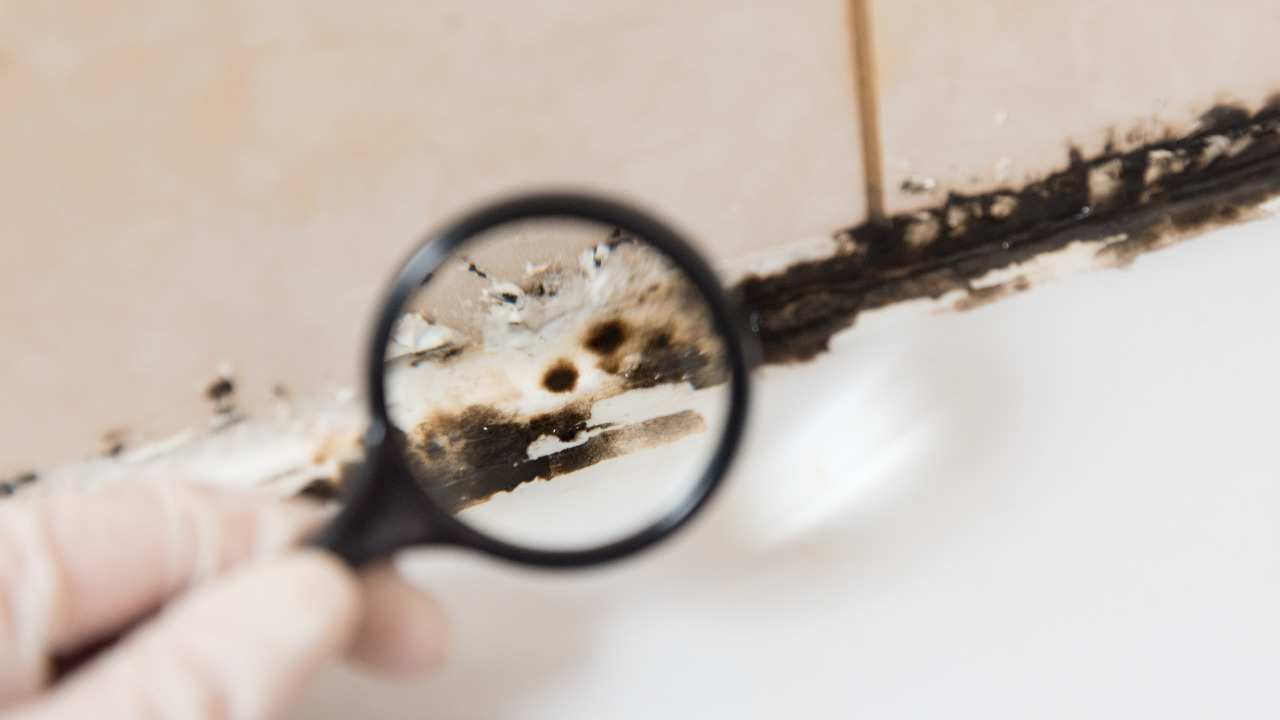
In terms of health, black mold can cause different respiratory issues and skin allergies especially if you interact with mold directly without following any precautions. Additionally, bathroom mold can be dangerous for your pets or might cause death in serious conditions. So, you have to deal with mold and mildew issues as soon as possible to come out of your bathroom mold dangerous zone.
Our Thoughts
Dealing with bathroom mold is a challenging task, especially for a big surface. Fortunately, you don’t need to worry about growing mold and mildew in your bathroom by considering the right elimination and prevention method.
Hopefully, this post will guide you enough to deal with mold challenges in your shower or bathroom areas. We still recommend hiring a professional to tackle mold infestation or growth issues safely and appropriately. However, you can also prevent mold growth with appropriate cleaning and following described prevention techniques. Enjoy taking a shower in a squeaky clean and mold-free shower!




